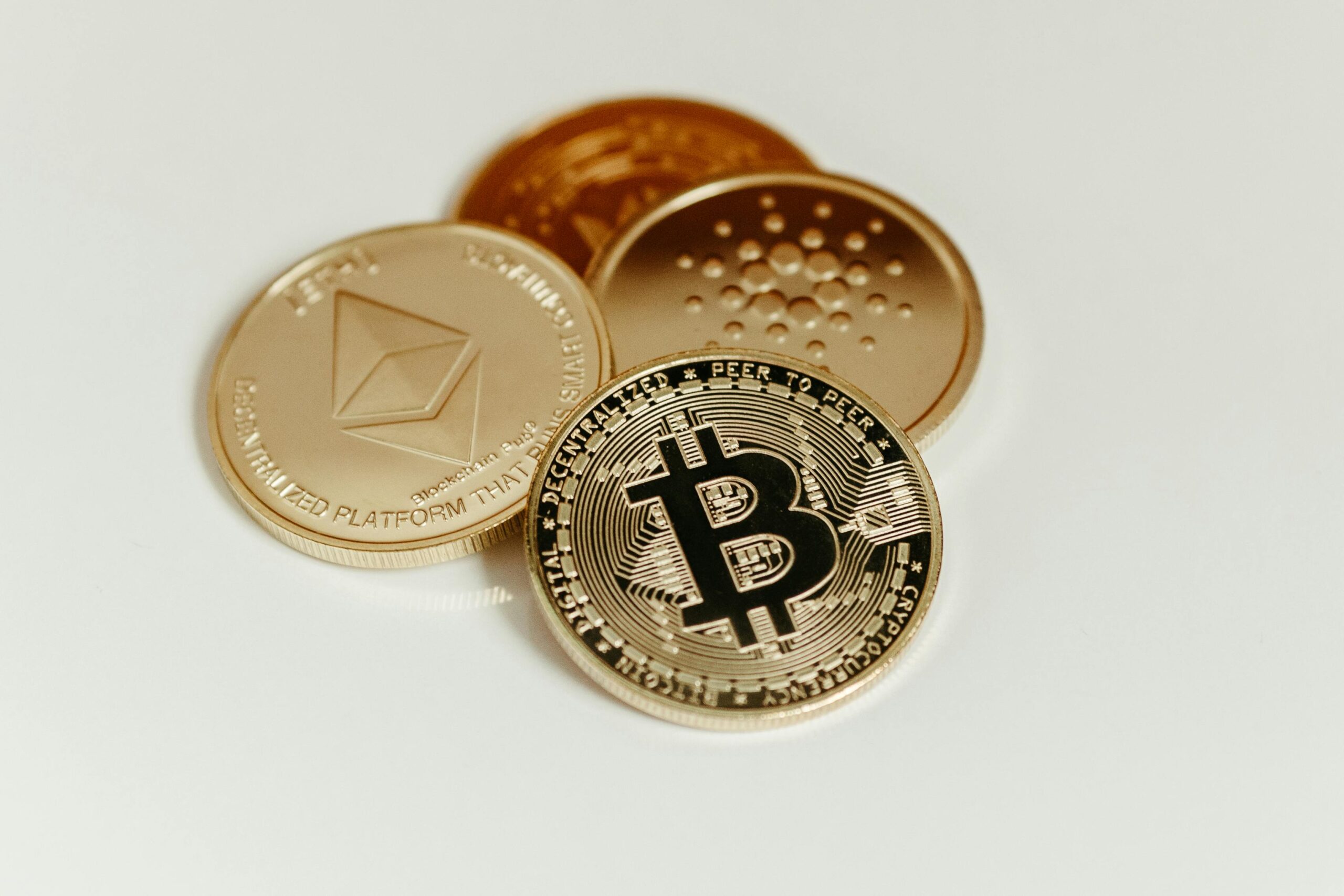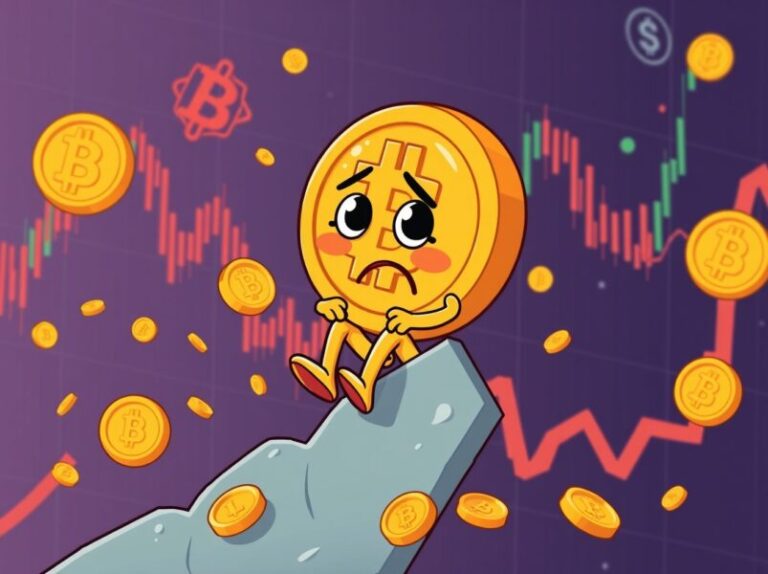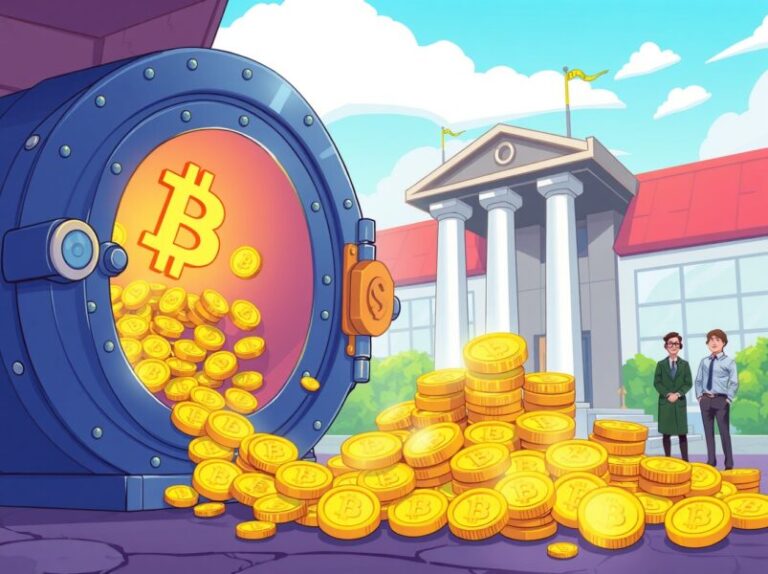Ethereum, the leading smart contract platform, has faced significant challenges with high gas fees over the years. These transaction costs, which fluctuate based on network congestion and demand, have been a major hurdle for scalability and adoption. However, Ethereum’s continuous upgrades aim to address this issue, making the network more efficient, cost-effective, and accessible. In …
How Ethereum’s Gas Fees Are Evolving with Network Upgrades

Ethereum, the leading smart contract platform, has faced significant challenges with high gas fees over the years. These transaction costs, which fluctuate based on network congestion and demand, have been a major hurdle for scalability and adoption. However, Ethereum’s continuous upgrades aim to address this issue, making the network more efficient, cost-effective, and accessible. In this article, we’ll explore the evolution of Ethereum’s gas fees, the impact of past upgrades, and what future developments hold for the ecosystem.
Understanding Ethereum Gas Fees
Gas fees are the costs required to execute transactions or smart contracts on the Ethereum blockchain. Measured in gwei (a fraction of ETH), these fees fluctuate based on:
- Network congestion: High demand leads to increased fees.
- Transaction complexity: More complex operations require higher gas.
- Base fee and priority fee: Since Ethereum’s EIP-1559 upgrade, transactions include a base fee (burned) and a priority fee (miner/validator tip).
Ethereum’s Past Upgrades and Their Impact on Gas Fees
Ethereum has undergone multiple upgrades to improve scalability and fee structures. Some of the most impactful include:
1. EIP-1559 (London Hard Fork) – 2021
One of the most significant upgrades, EIP-1559 introduced a new fee structure that replaced the traditional first-price auction model with a more predictable base fee. Key impacts:
- More transparent fees: Users get better fee estimates.
- Deflationary effect: ETH is burned with each transaction, reducing supply.
- No direct reduction in fees: While EIP-1559 improved predictability, it didn’t drastically lower gas costs.
2. The Merge – 2022
Ethereum transitioned from Proof of Work (PoW) to Proof of Stake (PoS), reducing energy consumption by 99.9%. However, this upgrade did not directly lower gas fees, though it set the stage for future scalability solutions.
3. Layer 2 Scaling Solutions
Since Ethereum’s base layer remains congested, Layer 2 (L2) solutions have emerged to reduce costs. Technologies like Rollups process transactions off-chain before settling them on Ethereum, significantly lowering fees. Notable L2 projects include:
- Optimistic Rollups (Optimism, Arbitrum)
- ZK-Rollups (zkSync, StarkNet)
Future Ethereum Upgrades and Gas Fee Reduction
Ethereum’s roadmap includes major upgrades that will directly address high gas fees. The most notable upcoming developments are:
1. Proto-Danksharding (EIP-4844) – Expected 2024
Proto-Danksharding is an intermediate step toward full sharding, aimed at dramatically lowering L2 transaction costs by introducing blob-carrying transactions. Expected benefits include:
- Lower fees for rollups: L2 solutions will see a sharp drop in costs.
- Better data availability: Making L2s more efficient.
2. Full Danksharding – Beyond 2024
Full sharding will further split Ethereum’s data storage into multiple chains, enabling massive transaction scaling and minimal fees.
3. Verkle Trees – Scalability Boost
Ethereum’s move to Verkle Trees will optimize how data is stored and accessed, reducing computational costs for validators and further enhancing efficiency.
The Role of Layer 2 Solutions in Reducing Gas Fees
While Ethereum’s main upgrades will take time, Layer 2 solutions already provide relief by offloading transactions. Some of the most effective L2 solutions include:
- Arbitrum & Optimism: Reduce fees by 90%+ compared to Ethereum mainnet.
- zkSync & StarkNet: Use zero-knowledge proofs for cheaper and faster transactions.
- Polygon PoS: A popular sidechain reducing costs for DeFi and NFTs.
Will Ethereum Ever Have Near-Zero Fees?
While Ethereum’s gas fees will continue to decrease, they may never reach zero due to network security needs and validator incentives. However, as L2 adoption grows and Ethereum implements sharding, users can expect sub-cent transaction costs for many operations.
Conclusion
Ethereum’s journey to lower gas fees has been gradual but promising. Past upgrades like EIP-1559 improved fee predictability, while Layer 2 solutions are already slashing costs. Future developments like Proto-Danksharding and full sharding will make Ethereum significantly more affordable for users. As Ethereum evolves, it remains the dominant smart contract platform, striving for scalability without compromising decentralization.









